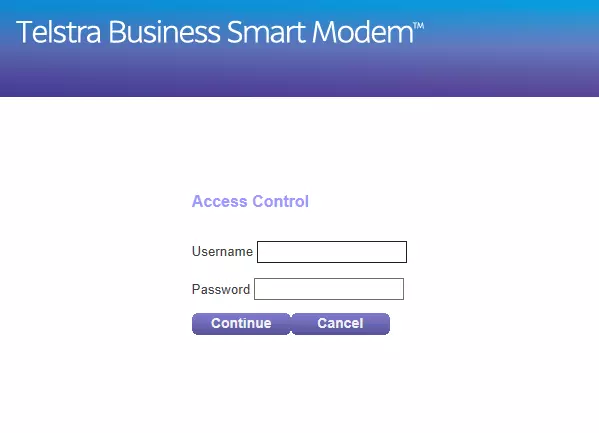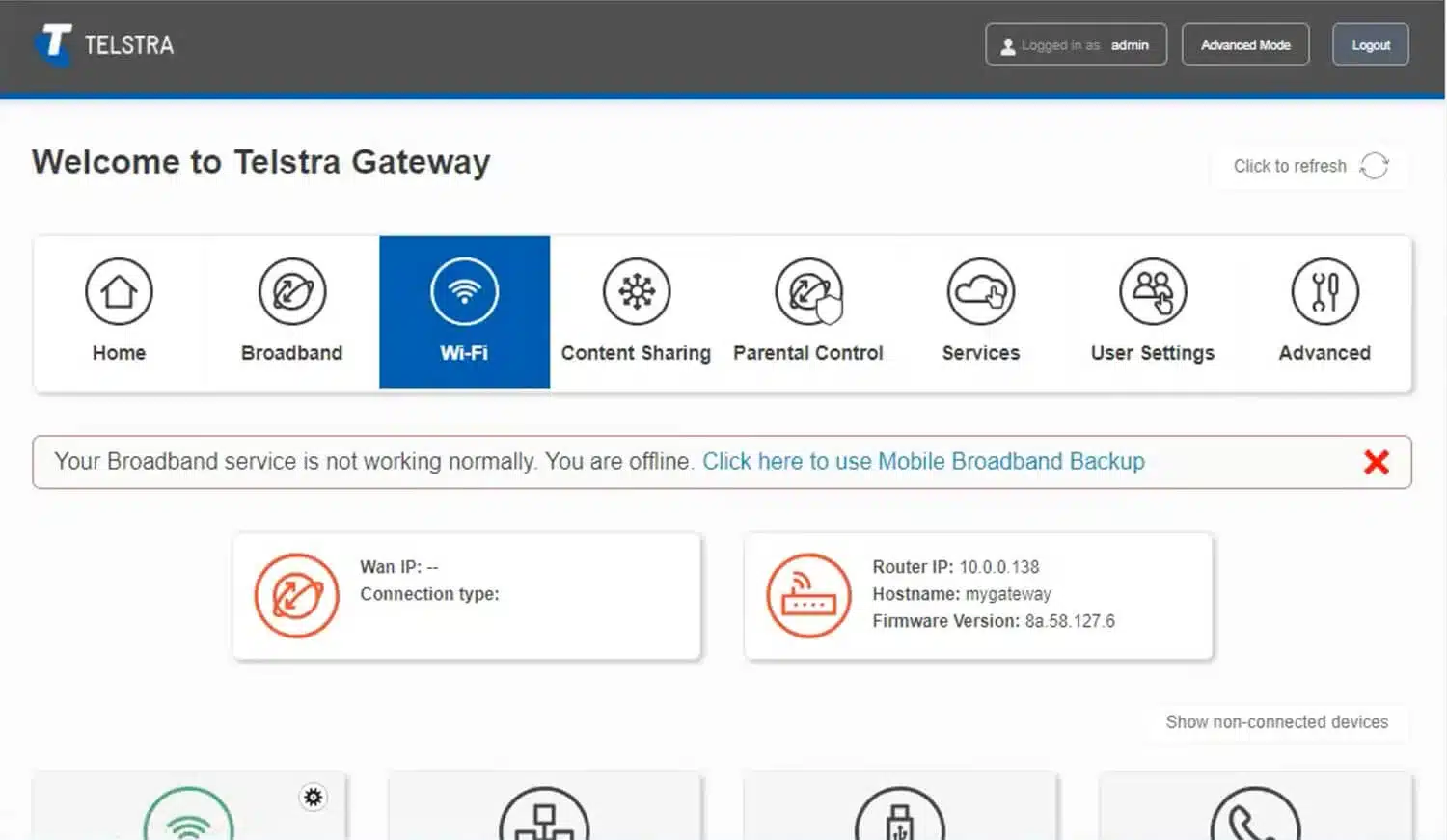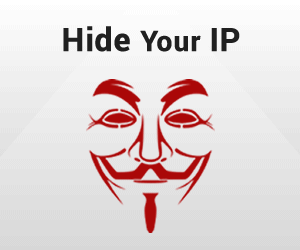How to Login to Your Router Using 10.0.0.138
Accessing your router’s admin panel is essential for managing your home or office network. Whether you want to change your Wi-Fi password, set up parental controls, or troubleshoot connectivity issues, logging into your router is the first step.
If your router uses 10.0.0.138 as its default IP address, this comprehensive guide will walk you through the login process, troubleshooting tips, and frequently asked questions (FAQs).
What is 10.0.0.138?
10.0.0.138 is a private IP address used by some routers (like certain models from Telstra,Huawei, TP-Link, or ISPs) as the default gateway. It allows users to access the router’s admin panel to configure network settings.
Step-by-Step Guide to Log in to 10.0.0.138
Step 1: Connect to Your Router
Before accessing 10.0.0.138, ensure your device is connected to the router: Either using Wireless or Wired connection.
if you using Wi-Fi to connect your Router go to wifi settings from Laptop or mobile and Select your router’s WiFi name and use WIFI password to connect it, for default mode find default SSID and password printed on the router sticker.
Connect router using Ethernet you need a LAN cable just plugin LAN cable to Router LAN port and other side connect to PC or laptop LAN port.
Step 2: Open a Web Browser
Launch any browser (Chrome, Firefox, Edge, or Safari) and type: http://10.0.0.138 or only 10.0.0.138.
Step 3: Enter Router Login Credentials
you will get Router/Modem Login page asking for username and password. find default login username password printed on the sticker or Common defaults include as given below.

| Router Brand | Default Username | Default Password |
|---|---|---|
| Huawei | admin | admin |
| Telstra | admin | Telstra |
| TP-Link | admin | admin |
| ZTE | admin | admin |
| ISP-Provided | (Check router sticker) | (Check router sticker) |
(If these don’t work, check the label on your router or the manual.)
Step 4: Access the Router Dashboard
Once logged in, you can:
Change Wi-Fi name (SSID) and password
Go to Wireless settings from menu. change Wireless SSID network name and go to security option to change WIFI password.
Use latest security type WPA2/PSK or if your router support WPA3/PSK highly recommended to use WPA3.
save and apply settings and you will disconnected from your wifi router. connect your laptop mobile or other wifi device again with new WIFI name and password.

Troubleshooting Login Issues
1. 10.0.0.138 Not Loading?
Check your connection (Wi-Fi/Ethernet must be active).
Try a different browser (Chrome, Firefox, or Edge).
Disable VPN/proxy (they may block local IP access).
Clear browser cache (Ctrl+Shift+Del in Chrome).
2. Incorrect Username/Password?
Check the router’s label for default credentials.
Try common combinations (admin/admin, admin/password).
Reset the router if you’ve forgotten custom credentials (press the reset button for 10 seconds).
3. IP Address Not Working?
Some routers use different default IPs, such as:
192.168.1.1 (Common for Linksys, Netgear)
192.168.0.1 (Used by D-Link, ASUS)
10.0.0.1 (Alternative for some ISPs)
To find your router’s correct IP:
in Windows : Open Command Prompt → Type ipconfig → Check “Default Gateway.”
Mac: Go to System Preferences > Network > Advanced > TCP/IP → Find “Router.”
Frequently Asked Questions (FAQs)
Q1: Why can’t I access 10.0.0.138?
You may be on a different network.
The router might use a different IP (like 192.168.1.1).
Firewall/VPN could be blocking access.
Q2: What if I forgot my router password?
Reset the router (hold the reset button for 10 sec).
Use default credentials (check the router’s label).
Q3: Is 10.0.0.138 a secure IP?
It’s a local IP, so external users can’t access it unless they’re on your network.
Always change the default password to prevent unauthorized access.
Q4: Can I change my router’s IP from 10.0.0.138?
Yes, in the router settings under LAN/DHCP settings, but it’s not recommended unless necessary.
Q5: What should I do after logging in?
Change the default password for security.
Update firmware to patch vulnerabilities.
Optimize Wi-Fi channels for better speed.
Final Words
Logging into your router via 10.0.0.138 is simple if you follow these steps. Always ensure your network is secure by changing default passwords and keeping firmware updated.
Related Post
- 10.10.10.254 Default Admin Login Guide
- TDS Router Login Manual to Change Password
- 10 Best open source server and network monitoring software

